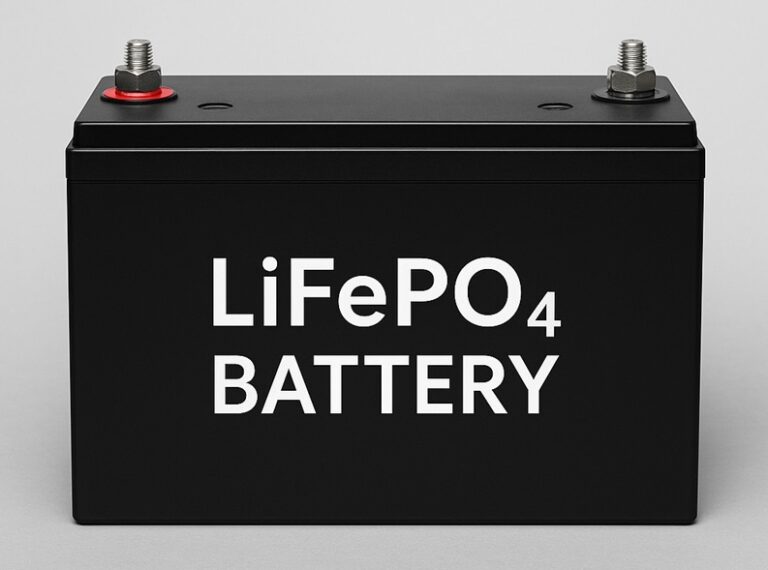Making your home more energy-efficient is one of the smartest money moves you can make.
Better insulation, updated heating and cooling systems, and newer appliances all cut down monthly bills.
According to the U.S. Department of Energy, homes with energy-efficient upgrades save about 25% on energy costs each year.
If you spend $2,000 yearly on utilities, that’s about $500 saved every year—money that stays in your pocket.
Green upgrades can also raise your home’s value. A 2023 Zillow study found that houses with solar panels sold for 4.1% more than similar homes without them.
Even small fixes—like triple-pane windows or efficient doors—can make your property more attractive to buyers.
Going green isn’t just a trend; it’s a long-term value boost that helps your wallet and the planet.
Budget-Friendly Eco Upgrades That Pay Off
You don’t need a huge budget to start saving energy. Many small steps make a big impact.
Easy, Low-Cost Upgrades:
• Switch to LED bulbs: They use up to 80% less power and last much longer. A $15 pack can light your home for years.
• Seal doors and windows: Weather-stripping and caulking (under $100) can cut heating and cooling loss by 20%.
• Install low-flow showerheads and faucets: Save water and energy in less than an hour.
• ️ Add a smart thermostat like Nest or Ecobee. Cost: ~$200. Savings: ~$150 per year.
• Insulate your water heater: A $30 blanket can reduce heat loss by 25–45%.
These small steps add up fast. They also make your home more comfortable, with fewer drafts and more stable temperatures—all without taking on debt.
How to Maximize Your Savings With Rebates and Tax Incentives
You don’t have to pay full price for green upgrades. Many government and utility programs help homeowners save money on eco-friendly improvements.
The Inflation Reduction Act of 2022 expanded tax credits for energy-efficient home projects through 2032.
Now you can get 30% back on the cost of solar panels, geothermal systems, and home battery storage.
You can also earn up to $1,200 each year for upgrades like insulation, new windows, doors, and home energy audits.
Plus, the plan offers $2,000 a year for installing high-efficiency heat pumps.
Local utility companies also offer rebates on Energy Star-rated appliances, smart thermostats, and home energy checks.
For example, California homeowners may receive up to $1,000 when replacing old gas furnaces with modern electric models.
To find local savings, check the Database of State Incentives for Renewables & Efficiency (DSIRE).
When you combine federal, state, and utility programs, you can lower your upfront costs by thousands of dollars.
Affordable Financing Options for Green Home Improvements
If you don’t have enough savings after rebates, financing can help make upgrades more affordable.
Common choices include home equity loans, HELOCs, or personal loans from banks and credit unions.
However, not everyone qualifies for these, especially if credit history is short or income varies.
Luckily, there are flexible installment payment options that many homeowners overlook.
These allow you to get the funds upfront and pay in smaller monthly amounts over time.
They make larger eco-friendly projects possible without straining your budget.
Still, always review the terms carefully. Interest and fees can raise total costs if you borrow too much or pay late.
Used wisely, green financing can make your home upgrades both affordable and sustainable.
How to Plan and Prioritize Green Projects Without Overspending
Starting too many upgrades at once can quickly drain your budget. It’s smarter to plan step by step and focus on what saves the most money and energy first.
Begin with areas that waste energy—like poor attic insulation, old windows, or a struggling HVAC system. Fixing these gives the best return on your investment.
Break your list into three stages:
• Immediate repairs: Fix drafty windows, unsealed air ducts, and old water heaters.
• Medium-cost upgrades: Add insulation, install a smart thermostat, and switch to LED lights.
• Big projects: Plan for solar panels, heat pumps, or whole-home air filtration systems.
Get an energy audit before you start. Many utility companies offer them for free or at a low cost. The report shows where your home loses the most energy so you can spend wisely.
Long-Term Costs to Remember
Many homeowners focus only on the purchase price, but ongoing costs matter too. For example, installing solar panels doesn’t erase your electric bill completely. You’ll still pay small grid fees, and in some states, you may not get paid for extra energy you send back.
Here are a few hidden or ongoing costs to keep in mind:
• Cleaning and maintaining solar panels.
• Replacing filters in high-efficiency HVAC systems.
• Updating software for smart home devices.
• Battery upkeep if you use energy storage.
Plan a small maintenance budget each month or quarter. This helps you avoid big surprise repairs and keeps your systems running longer. Think of it as protecting your investment, not another bill.
Tips for Staying Green and Financially Smart
A good plan makes going green easier and more affordable. Follow these steps to keep your upgrades practical:
- Compare the cost of an upgrade with its real energy savings. A $1,200 appliance that saves only $20 a year may not be worth it yet.
• Always check rebates before buying—some apply only to certain brands or installations.
• Pick upgrades that make sense for your home and budget. Avoid high-tech add-ons that don’t add value.
• Borrow only what you truly need, and avoid high-interest loans.
• Plan projects season by season. Handle one major upgrade at a time if you’re self-funding or using smaller financing.
Final Thoughts
Going green doesn’t have to happen overnight. A slow, well-planned approach saves money and avoids stress. When your financial goals match your eco goals, you’re more likely to stick with them.
Each upgrade—big or small—helps lower your bills, boosts comfort, and increases your home’s value over time.




